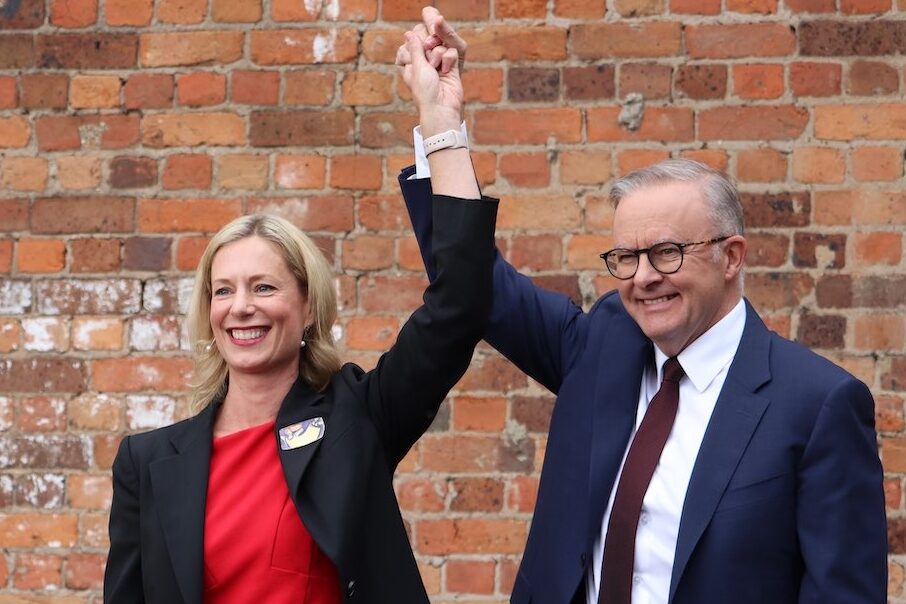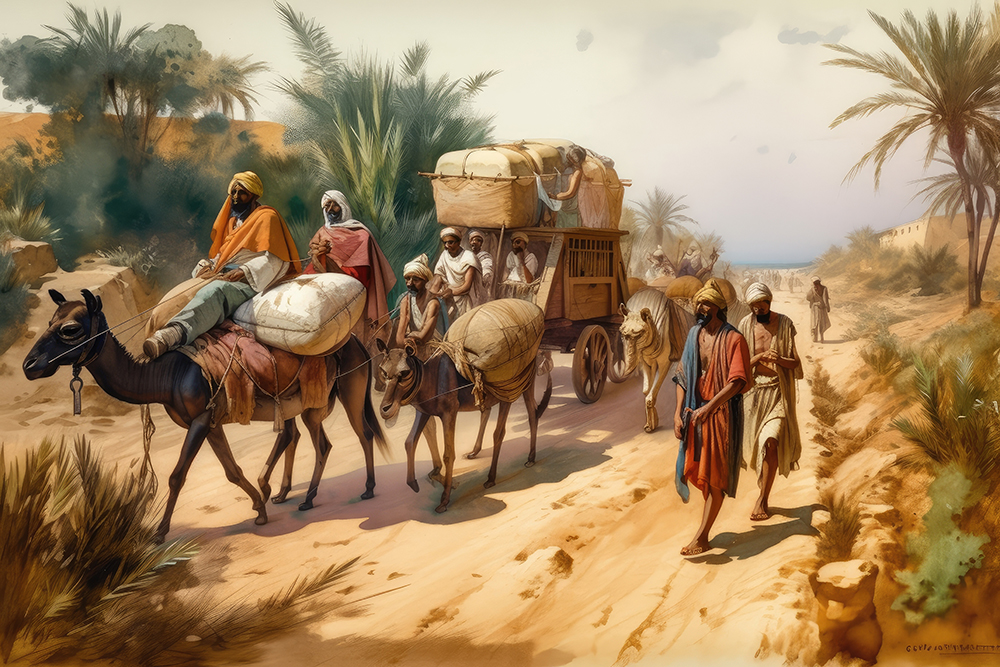
SCOTT Morrison doesn’t shy away from talking about his family, so it was perhaps unsurprising he told reporters he discussed climate change with his daughters, aged 10 and 12.
“We don’t have deep conversations about emissions reduction targets and what’s happening with the Kyoto Protocol and Paris,” he said. “But we talk about fossil fuels and we talk about what they learn at school.
“And I encourage them to have a passionate, independent view about how they see the world, but I also give them a lot of context. I don’t allow them to be basically contorted into one particular view, I like them to make up their own mind. But I also like to give them reassurance, because the worst thing I would impose on any child, is needless anxiety.”
What Morrison didn’t share, unfortunately, were the girls’ views on the subject.
Even more interesting will be what Lily and Abbey might have to say to their parents, when Scott and Jenny get home, about 16-year-old Swedish activist Greta Thunberg, founder of the school strike movement, whose passionate speech to the United Nations leaders summit on climate has fired up a sub-battle of the climate wars.
Morrison bypassed the climate summit, so he won’t be able to give his daughters a first-hand description. But they may have opinions.
As school students have mobilised in strikes all over the world, kids have become a centre of debate on a couple of fronts.
Activists argue denialists represent a predatory threat to children because they are destroying the planet that future generations will inherit.
Sceptics declare activists are indoctrinating, alarming and exploiting vulnerable children, recruiting them for their cause.
While it is wrong for parents, teachers or anyone else to irresponsibly fan fears in children, some of whom are reportedly displaying high anxiety about the climate threat, it is denying reality for critics to try to dismiss the students’ protest as just the product of manipulation.
This generation of youth has made climate change its issue – as previous generations mobilised against the Vietnam War, and the threat of nuclear war.
The “students” in earlier times were mostly older, in university. But these days young people do most things sooner (except leave home).
And while some may be along for the ride in the marches, or encouraged or pressured to take part, many have strong and well-formed views.
It’s also inaccurate denigration to disparage their protest on the grounds they are too young to know what they’re doing. Some are. But 16 and 17 year olds are on the brink of adulthood. In a number of countries they can vote. In Australia there has been debate about whether they should be given the right to do so. And many younger than that have done as much thinking as a lot of their elders.
For all the railing from critics about the attention paid to this girl with a challenging personal history (including being diagnosed with Asperger’s syndrome) who lectures world leaders in a most confronting way – a way someone older and more inhibited wouldn’t do – Thunberg has become a symbol of the push for greater action on climate change.
Her youth and fire have the power to shock. Her performance – celebrity advocacy – was galvanising at the climate summit. Outside that forum it was immediately divisive – as has been her activism previously – but it grabbed the attention of millions around the world.
Donald Trump’s attempt to put her down with a tweet – “She seems like a very happy young girl looking forward to a bright and wonderful future. So nice to see! – would likely just attract more supporters to her. She immediately turned it back on him by appropriating his line.
It would be naïve in the extreme to think Thunberg’s presence at the summit has made it easier to force more extensive and faster action on climate change. But her extraordinary crusading is part of the wider international pressure on governments.
The significance of her appearance at the summit was that she waved a big flag. Her audience was less the leaders than those young people who will be encouraged to join her already mass following.
BY Michelle Grattan, a professorial fellow at the University of Canberra. This article was originally published on The Conversation.
Who can be trusted?
In a world of spin and confusion, there’s never been a more important time to support independent journalism in Canberra.
If you trust our work online and want to enforce the power of independent voices, I invite you to make a small contribution.
Every dollar of support is invested back into our journalism to help keep citynews.com.au strong and free.
Thank you,
Ian Meikle, editor




Leave a Reply